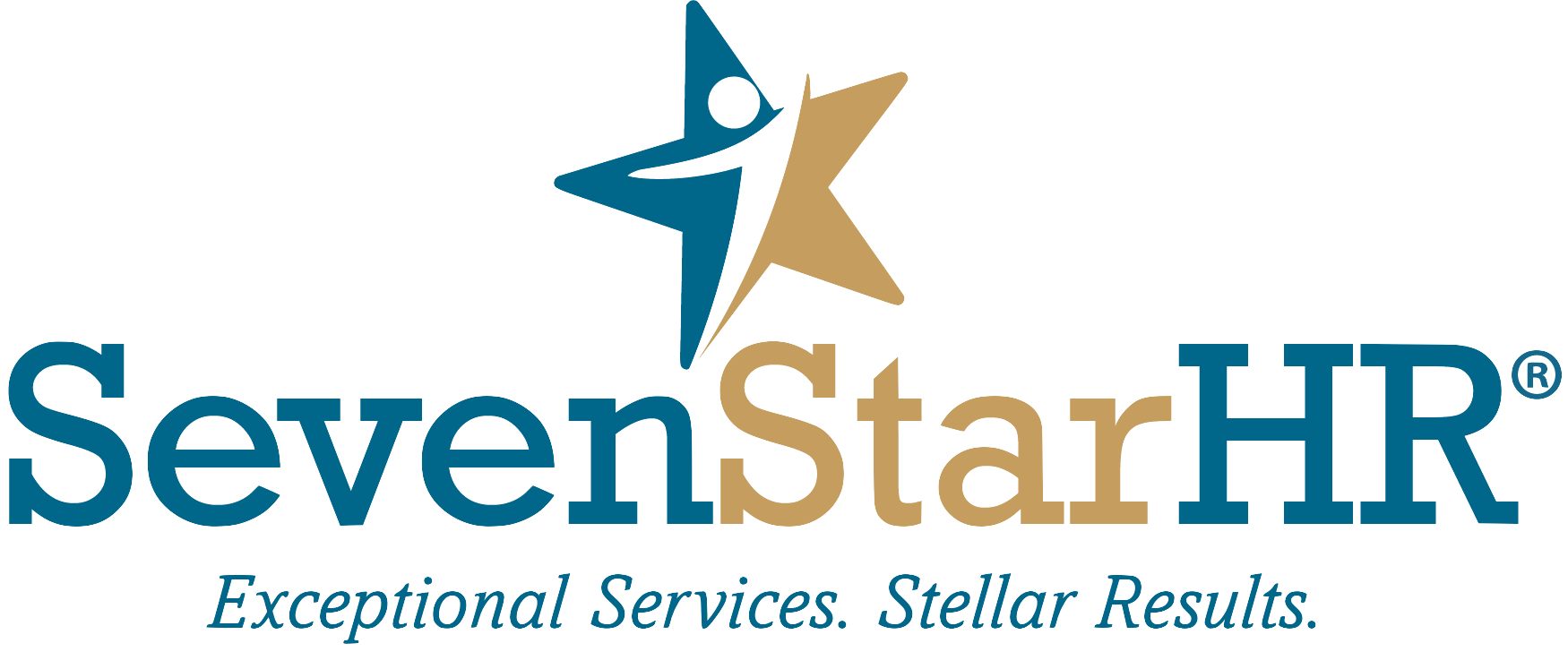A Guide to Employee Handbook Revision Season
The holiday decorations aren’t the only thing coming out of storage this time of year—HR professionals are dusting off their employee handbooks, too. As January 1st approaches, it’s prime time to ensure your policies align with new regulations and reflect the evolving needs of your workforce.
In this article, we’ll explore why annual handbook updates are essential, what to focus on during revision season, and how tools like our Employee Handbook Builder can simplify the process.
1. Why You Need to Revise Your Handbook Annually
Laws change. Your business evolves. But does your handbook keep pace?
Every year, new federal, state, and local regulations impact workplace policies. For example, pay transparency laws, marijuana legalization, and changes to sick-leave policies are just a few trends reshaping the HR landscape. An outdated handbook isn’t just unhelpful—it can open your company up to compliance risks and employee dissatisfaction.
Audit your handbook annually and use a checklist that includes essential updates like anti-harassment policies, family leave processes, and payroll practices. Tools like our Employee Handbook Builder automatically incorporate changes, saving you the headache.
2. Customization is Key: Avoid One-Size-Fits-All
Employers face a big decision during handbook revision season: Should your handbook be minimal, exhaustive, or somewhere in between? The best approach balances compliance and usability. A lengthy document may overwhelm employees, while a bare-bones version can leave important questions unanswered.
Our Employee Handbook Builder solves this challenge by providing state-specific handbooks. It ensures compliance with local laws and gives employees access to policies tailored to their location through a secure custom link and password.
Include addendums for remote employees based on their work location. For example, California’s labor laws differ significantly from federal standards.
3. Compliance Matters: Don’t Miss These Critical Updates
Failing to address key compliance areas can land your business in hot water. Recent updates to laws like the Pregnant Workers Fairness Act and evolving standards on noncompete agreements highlight the importance of staying current.
Focus on clarity and defensibility in policies like workplace conduct and leave eligibility. Let our tool handle automatic updates for federal, state, and local changes to ensure full compliance.
4. Make Policies Accessible and Actionable
A policy is only as effective as its communication. Even if your handbook doesn’t need significant updates, it’s worth circulating key policies annually to refresh employees’ understanding. A well-publicized anti-harassment policy, for example, remains a cornerstone of legal protection and workplace culture.
Our Employee Handbook Builder simplifies this process by allowing you to easily share updated policies with employees across multiple states.
Have employees acknowledge receipt of updated policies. This ensures accountability and creates a clear record in case of future disputes.
5. Prepare for State and Local Law Trends
From minimum wage hikes to new rules on artificial intelligence, state and local laws vary widely. Employers with multi-state operations or remote teams need to account for these discrepancies in their handbooks.
For example, marijuana legalization continues to impact drug-testing policies. While some industries can forgo testing, others, like healthcare and transportation, still require strict guidelines.
Regularly review where your employees work and adjust policies accordingly. Our tool generates tailored handbooks for each state to simplify this process.
6. Streamline Revisions with Technology
Let’s face it—manually revising handbooks is a daunting task. Fortunately, technology can make this job easier. Our Employee Handbook Builder is a web-based solution that customizes your handbook to reflect your policies while staying compliant with ever-changing regulations. The best part? Updates are automatic, so you can focus on running your business.
Leverage automated tools to handle time-sensitive updates, like new sick-leave laws or wage requirements. This keeps you ahead of the curve and reduces manual errors.
What Changes Are Coming for New York?
Minimum Wage
Beginning Jan. 1, 2025, the hourly minimum wage for employees in New York City, Westchester and Long Island will increase from $16 to $16.50. This rate will further increase on Jan. 1, 2026, to $17. The general minimum wage rate in the rest of New York State will rise from $15.00 to $15.50 per hour.. This will apply to all New York employers regardless of size.Paid prenatal leave
Starting January 1, 2025, employers will be required to provide up to 20 hours of paid prenatal leave for covered employees. This leave is separate from other paid sick leave.
Overtime exemption salary threshold
Starting January 1, 2025, workers in New York City, Long Island, and Westchester must earn at least $1,237.50 per week ($64,350 annually) for the executive and administrative overtime exemptions. In the rest of New York, the threshold is $1,161.65 per week ($60,405.80 annually).
Stay Ahead of the Curve
Take the hassle out of handbook revisions with our Employee Handbook Builder, and greet the new year with confidence. After all, a well-prepared business is a successful business! Call us today to get started.

